Beijing, Shanghai, Shenzhen top city ranking
Beijing, Shanghai, and Shenzhen are the top three cities in a recently released comprehensive ranking of Chinese cities, the "China Core Cities & Metropolitan Area Development Index 2018."
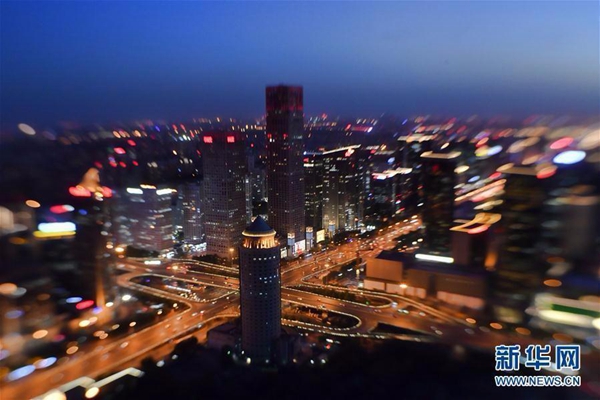
Beijing, Shanghai, and Shenzhen are the top three cities in a recently released comprehensive ranking of Chinese cities, the "China Core Cities & Metropolitan Area Development Index 2018."
The index, which analyzes and evaluates 298 cities at the prefecture level and above, was compiled by Cloud River Urban Research Institute, a think tank specializing in urbanization research.
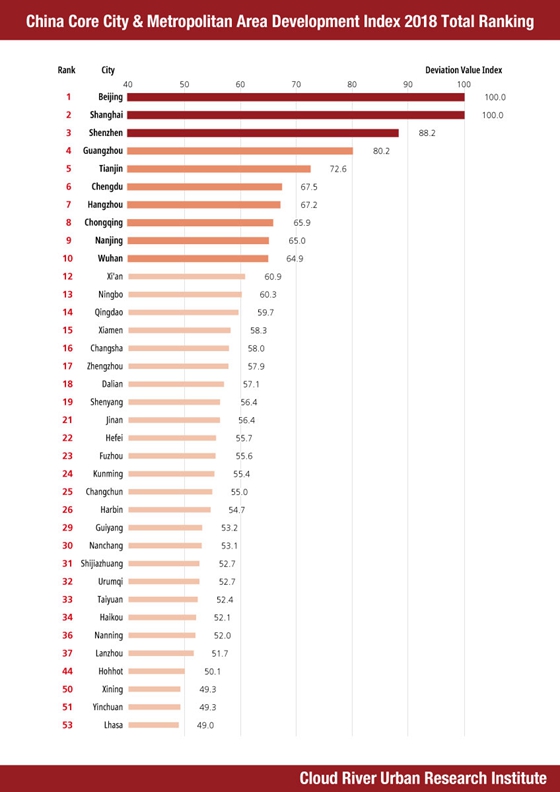
The index assesses China's 36 core cities, including four municipalities, 22 provincial capitals, five capitals of autonomous regions, and five cities specially designated by China as core cities.
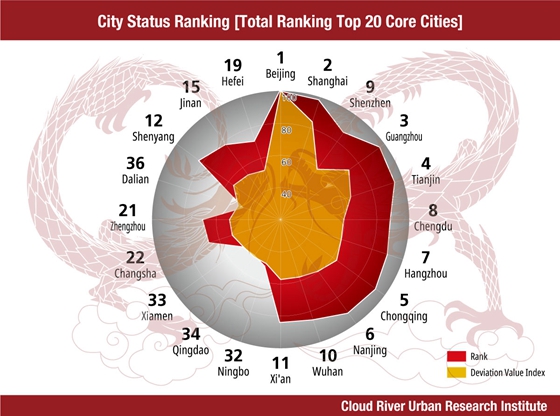
Statistics show that the 36 core cities contributed to 39.7% of the national GDP, 55.2% of national exports in goods, and 48.7% of authorized patents. The 36 cities also have 25% of China's population, 71.6% of companies listed on the main board, 94.8% of China's top universities, 58.1% of its five-star hotels, and 54.1% of its top hospitals.
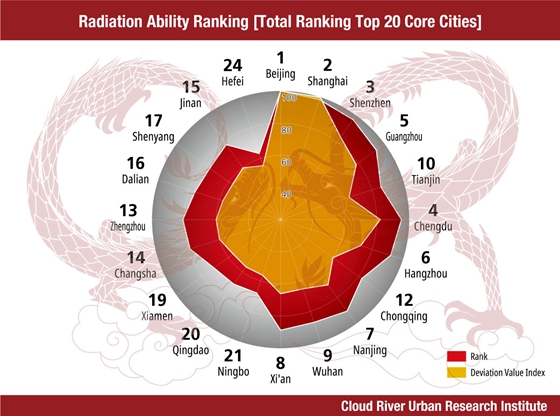
The index comprises 10 major indexes and 30 sub-indexes based on the city's status, metropolitan area power, wide-area hub, opening and communications, business environment, innovation and entrepreneurship, ecological resources and environment, life quality, and culture and education. The index aims to give a holistic evaluation of China's central cities in terms of their capabilities in developing metropolitan area.
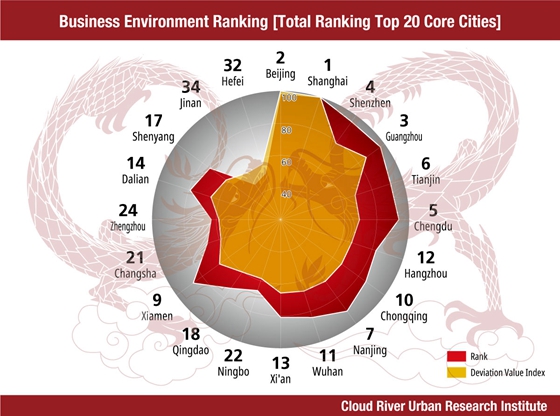
Beijing, Shanghai, and Guangzhou take the first three spots in the index measuring a city's administrative functions, regional influence, and the standing in the Belt and Road Initiative, followed by Tianjin, Chongqing, Nanjing, Hangzhou, Chengdu, Shenzhen, and Wuhan.
According to the sub-index of administrative functions, the national capital, municipalities, and provincial capitals have fared well. In evaluating regional influence, cities located in the Yangtze River Delta, the Pearl River Delta, and the Beijing-Tianjin-Hebei region have higher scores.
Beijing, Shanghai and Shenzhen lead another major index of metropolitan areas, followed by Guangzhou, Tianjin, Chongqing, Hangzhou, Wuhan, Chengdu and Nanjing. Sub-indexes in this category include economic scale (headed by China's four municipalities), business agglomeration (led by Beijing, Shanghai, and Shenzhen), and metropolitan area quality (with Shanghai, Shenzhen, and Beijing at the top).
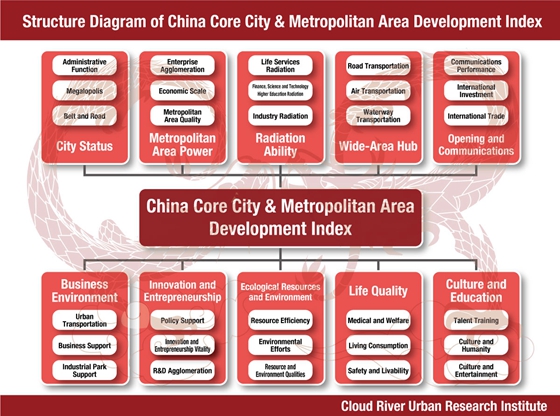
Under a third major index of business environment, Shanghai, Beijing, and Guangzhou take the top three spots, followed by Shenzhen and Wuhan in the fourth and tenth positions, respectively. Shanghai, Shenzhen, and Xiamen rank at the top under the sub-index of industrial park support. Beijing, Shanghai, and Guangzhou take the first three positions under the sub-indexes of business support and urban transportation.

